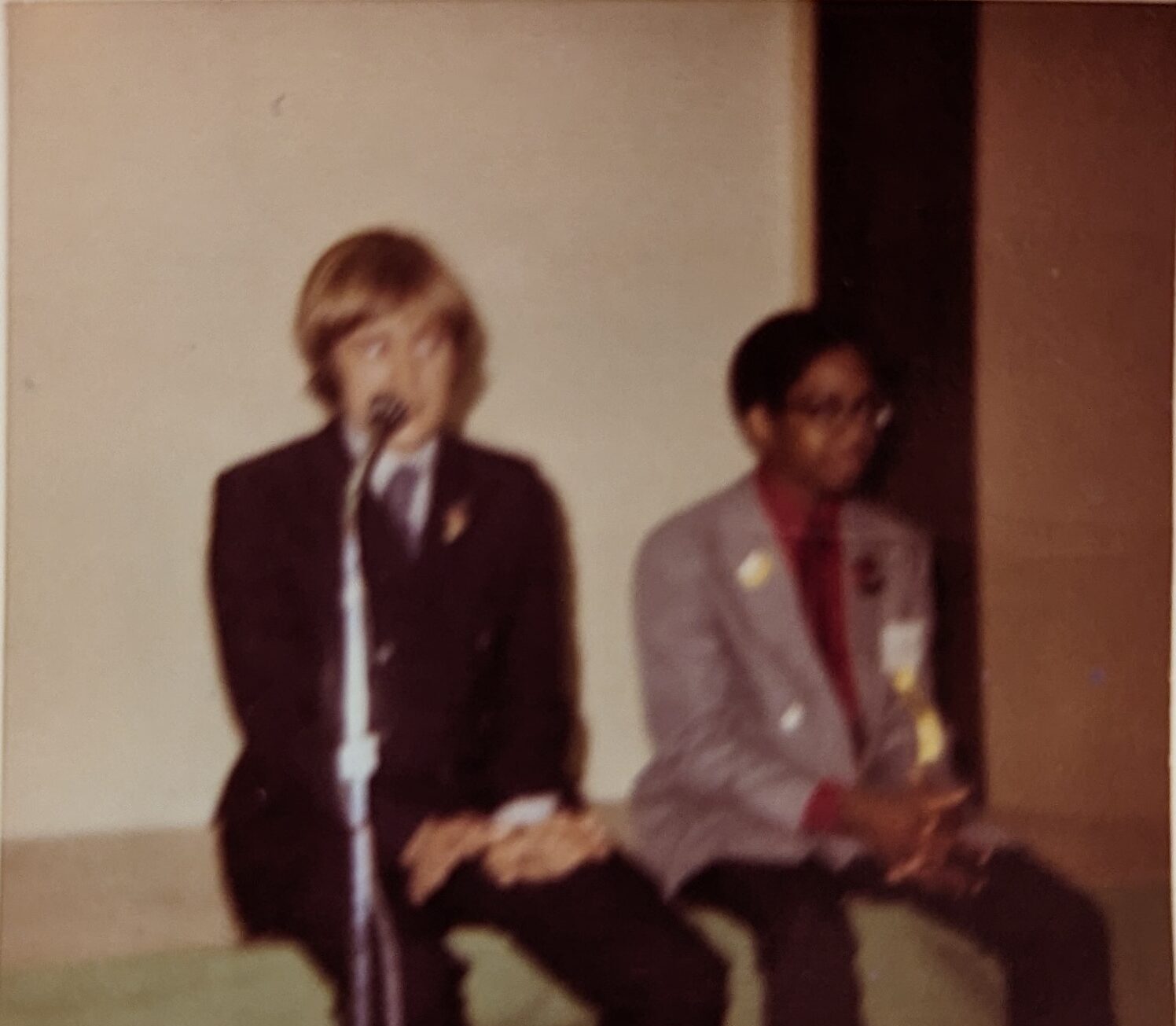Whether providing relief after a natural disaster or rendering humanitarian aid to countries in need, we’re familiar with the importance of international medical missions. The inspirational stories told by returning volunteers describe the desperate and challenging needs of the people served and their deep gratitude in receiving medical aid. The volunteers, themselves, are forever changed as a result of their experiences.
Presumably everyone involved benefits from such missions – the countries in need and the volunteers. But to what extent? Beyond the obvious good-will, what’s really happening in these situations and what can we learn from them?
In her new book, Hoping to Help: The Promises and Pitfalls of Global Health Volunteering, Judith N. Lasker, N.E.H. Distinguished Professor of Sociology at Lehigh University, explores the benefits and costs of such missions. She studied the impact of short-term (two weeks or less) medical missions through interviews and surveys with three key groups: the sponsoring organizations (religious, educational, non-faith based NGOs, and corporations); the people who volunteer (medical and non-medical); and the host communities. Lasker’s research covered the following:
- the level of cultural training given to volunteers prior to their trip, ranging from thorough to insufficient background information on the host country’s situation and culture
- how volunteer resources were deployed
- the true costs involved, including travel, logistics, medical supplies and equipment etc., and their effects on donors, volunteers, and recipients
- cultural sensitivity and the resulting impact on volunteers and host countries
- needs assessments, program measurement, and outcome evaluations
- capacity-building and the sustainability of such missions.
Was it good for you, too?
The importance of “mutuality,” in which all parties mutually benefit, is a major theme throughout the book. According to Lasker:
“Achieving mutuality is one of the many challenges sponsoring organizations must try to address. Host-community members want more than helpful visitors with skills and resources, although these are valuable and greatly appreciated. They want to be involved in the work programs undertaken by volunteer organizations, and they want to be respected. They want a relationship of equality in which each partner learns from and benefits from the other. … an ongoing relationship of respect, collaboration, and exchange, if not with individual volunteers, at least with the representatives of the [sponsoring] organizations.”
She also explored the elements of cultural sensitivity and understanding, respect, and empathy by volunteers and the sponsoring organizations participating in international missions. Lasker found that:
“to treat the volunteer’s experience or the organization’s reputation or religious priorities as on a par with, or even more important than, the benefits to hosts is to exploit poor communities for the benefit of people from wealthier countries.”
Lessons for other nonprofits
While “Hoping to Help” addresses global health volunteering, many of its recommended practices are applicable to other health and social services nonprofits:
- Foster mutuality among ALL parties involved, including those who benefit from the mission and those who help support the mission (e.g., volunteers, employees, donors, etc.).
- Conduct needs assessments with and among those benefiting from the services offered.
- Strengthen volunteer training and preparation.
- Maintain continuity of programming/services, as needed.
- Evaluate process and outcomes, incorporating the results into continuous improvement.
- Build capacity for the long term.
Sensitivity and empathy are also important for volunteers and nonprofit organizations. Lasker reinforces this by citing the following:
“Without the wisdom of humility, altruistic behavior can lead to self-delusion, compassion can become an obsession, and both may generate a damaging sense of hubris.” Dr. Jack Coulehan, emeritus professor, Center for Medical Humanities, Compassionate Care and Bioethics at Stony Brook University.
A valuable reminder for everyone helping anyone.




 I was encouraged by my nonprofit colleagues to write Share of Mind, Share of Heart given the favorable response to
I was encouraged by my nonprofit colleagues to write Share of Mind, Share of Heart given the favorable response to 

 A sincere and simple “thank you” message to your volunteers is what’s needed to acknowledge their continued support of your organization and mission. This can be part of, or in addition to, any special COVID-19 communication update(s) you share with volunteers and stakeholders.
A sincere and simple “thank you” message to your volunteers is what’s needed to acknowledge their continued support of your organization and mission. This can be part of, or in addition to, any special COVID-19 communication update(s) you share with volunteers and stakeholders.

